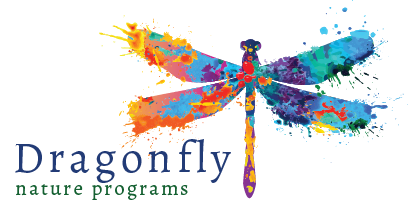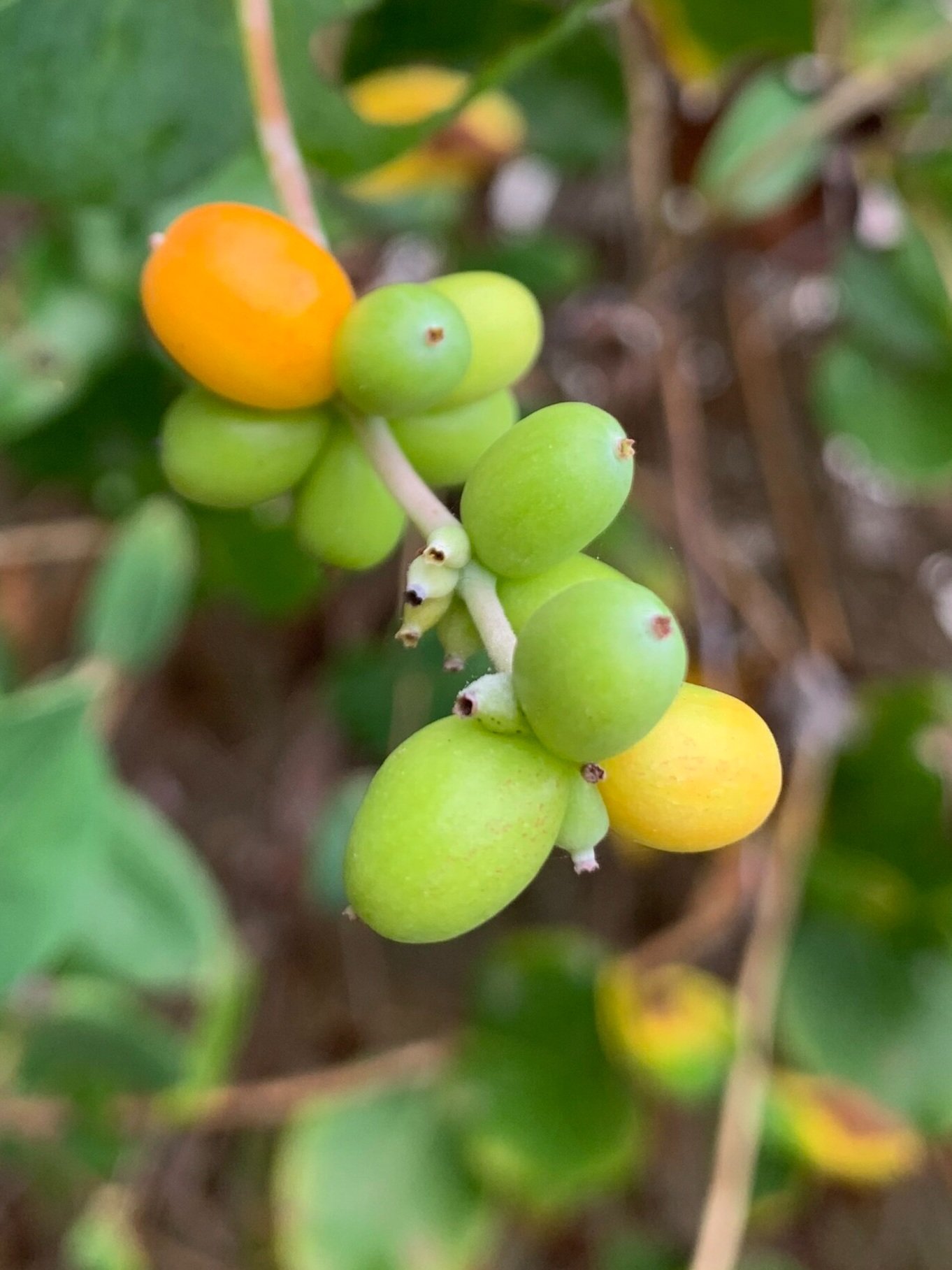When the boys were young, we’d walk down to the Japanese honeysuckle (Lonicera japonica) patch in our neighborhood. We’d pull the petals down and lick the base of the flower, getting just a touch of super sweet nectar. We’d compare the taste of the yellow flowers to the white. I love when I come across a patch and the smell is so potent I am jolted back to the present moment, reminded of spring, reminded that winter has passed, reminded of memories with my little boys. I love the smell of Japanese honeysuckle. If I have a choice in how and when I die, I hope it’s falling asleep in a comfy bed with the scent of this gorgeous vine wafting into my bedroom. The last sweet scent of life on Earth before I pass.
But I’m not supposed to love it. For while the scents are outrageously sweet and memory evoking, and the delicate white and yellow flowers shine bright in early spring sunshine, and the rounded leaves are a soft joyful green, this plant is a killer! I learned firsthand this summer. If you read my last post about my run in with poison ivy (“Leaves of Three”), you know I had a big task of backyard vine removal that ended in weeks of incessant skin irritation. While the honeysuckle poses no threat whatsoever to me personally, the sheer weight of it and the taut noose it created around the wax myrtle hedgerow was remarkable. It had outcompeted the myrtle for available sunlight from above while simultaneously strangling it from the bottom. While the sides of the hedgerow could escape the wrath and grow laterally, the tops were stunted. The center of each plant in the hedgerow was bare; full branches, brittle with death.
Japanese honeysuckle is an invasive vine. It spreads because the fall berries are eaten by birds and dispersed through their digestive waste. It’s quick rate of growth and its tight attachment to whatever trunk or branch it is girdling devastates native plants. It should not be a choice for home gardens.
This pains me. I love, love, love this plant. Is there a better alternative?
The evergreen Coral honeysuckle (Lonicera sempervirens) is a terrific, colorful choice for us living in the southeast. It supports native wildlife. The colors of the clustered, tubular flowers are stunning! The petals sport a bright yellow interior surface while housing matching yellow stamen (pollen producing structures) that extend beyond the length of the petals. The outside of the flower is coral, a reddish-orange color, that is hard to disregard. The flowers feed our summer visitors, like the migrant ruby-throated hummingbirds (Archilochus colubris). While most blooms will occur during late spring-early summer, my vine intermittently flowers nearly all year long. More sun will get you more blooms, but my vine is growing on the northwest corner of my house and it thrives with early morning sun and relative shade for the rest of the day.
Berries form in late summer-early fall, beginning their reign as green globes that fade to yellow then eventually ripen to a happy, bright red. While the summer supply of nectar sustains some, the berries provide others with late season food.
If I had to file a complaint, like you really held my feet to the fire and forced it from me, I’d say what I miss is the scent. The coral honeysuckle is just not as fragrant as its Japanese cousin. But since it isn’t harming anything through its mere existence, I will satisfy my needs with scented honeysuckle candles and encourage my fellow wildlife enthusiasts to invest in the native, coral variety.
The Invasion of Invasives
Globalization encourages the invasion of invasives. Sometimes they arrive accidentally in cargo, sometimes they are purposefully imported. Either way, they certainly make their mark in their new home. Japanese honeysuckle was first introduced to the eastern US in 1806. From New York, it’s range expanded. Still today, although we know it’s problematic, you won’t have a hard time finding Japanese honeysuckle for sale at your local nursery. Since financial incentives often outweigh what is ecologically virtuous, we shouldn’t expect these to stop being sold. But we can make a personal choice not to buy them.
Another example of a common garden invasive is English Ivy (Hedera helix). What a sweet little plant: easy to grow and it provides excellent ground cover. It also stifles native tree and plant growth and even carries bacterial leaf scorch (Xylella fastidiosa) that can infect hardwood trees like elms, oaks and maples.
Education is the key to confronting the damage brought by invasive species. And self-control. Even though I’m educated on the subject, I still have to exert self control!
Happy gardening friends! Rachel








